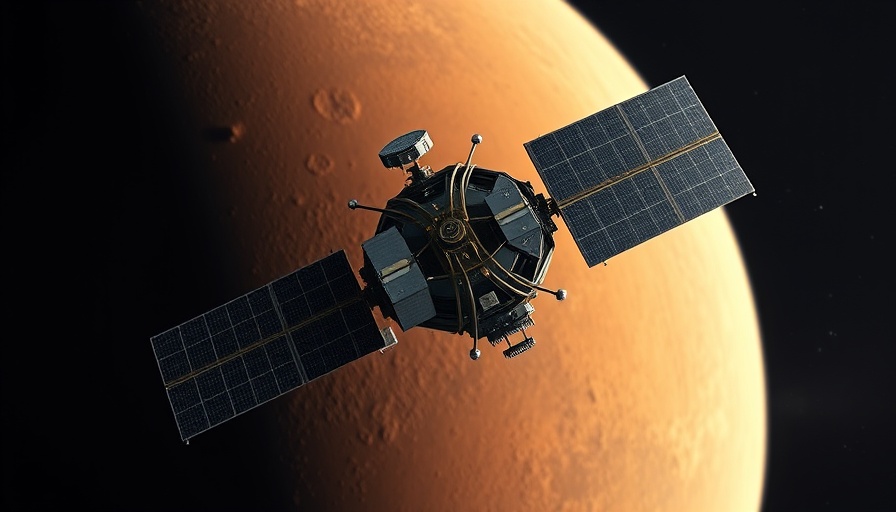
The Danger of NASA Funding Cuts
The White House's recent proposal to slash NASA’s budget puts the future of human missions to Mars at serious risk. By halving the funding designated for planetary science, the administration might be undermining its stated goal of preparing for astronaut expeditions to the Red Planet. The plan outlines the termination of funding for three critical orbiters currently mapping Mars, which serve as essential tools for safe landings.
Why the Mars Relay Network Matters
The Mars Relay Network, consisting of orbiters equipped with advanced imaging capabilities and communication systems, has been instrumental in recent Mars missions, including the successful landings of the Perseverance rover and the Ingenuity helicopter. Roy Gladden, a key manager at NASA's Jet Propulsion Laboratory, emphasized that losing these orbiters would significantly diminish options for relay support to upcoming missions, jeopardizing the safety and success of future explorations.
International Collaboration on Mars Exploration
The proposal not only affects NASA's capabilities but also threatens collaboration with the European Space Agency. The U.S. and Europe have worked in concert to share resources and knowledge regarding Mars exploration, which has led to groundbreaking discoveries. Ending funding for crucial orbiters disrupts this collaboration and may delay collective advancements in space science.
Arguments for Continued Investment in Space Exploration
Critics argue that investing in space exploration can lead to unforeseen successes that enhance science and technology. For instance, advancements resulting from space programs often spin off into healthcare, engineering, and technology sectors, generating economic benefits that far outstrip the initial investment. As interest in Mars missions grows, alongside potential partnerships with private companies, a stable financial commitment to NASA is crucial for maintaining America’s leadership in space.
Conclusion: Protecting the Future of Space Exploration
Amidst budgetary constraints, it is imperative to consider the long-term benefits of funding space exploration. Cutting NASA's budget may seem economically prudent in the short term but risks stalling progress in vital scientific research and international collaboration. All stakeholders must advocate for a balanced approach to funding that secures the nation's aspirations for human exploration of Mars.
 Add Row
Add Row  Add
Add 




Write A Comment